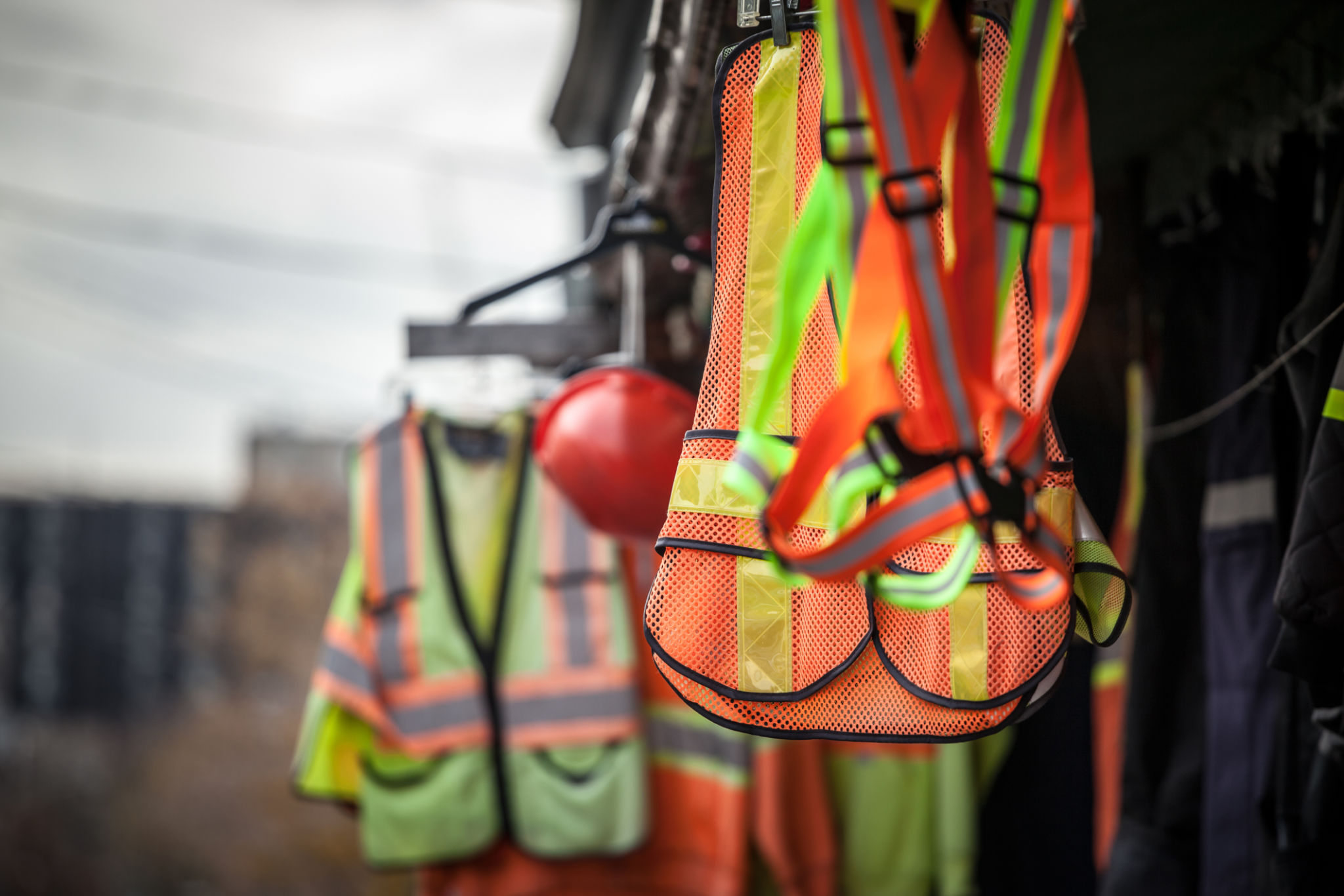Seasonal Scaffolding Needs: Preparing for South Australia's Weather
Understanding South Australia's Unique Weather Patterns
South Australia's weather is known for its distinctive seasonal changes, impacting various industries, including construction. Understanding these patterns is crucial for ensuring the safety and efficiency of scaffolding projects. From scorching summers to wet winters, each season presents its own set of challenges that necessitate careful planning and preparation.
During summer, temperatures can soar, leading to heat stress and potential safety hazards for workers. Conversely, winter brings rain and wind, which can compromise the stability of scaffolding structures if not properly addressed. Awareness and preparation are key to overcoming these seasonal hurdles.

Preparing Scaffolding for Summer
When preparing scaffolding for South Australia's hot summer months, several considerations are essential to maintain safety and functionality. The intense heat can affect both the materials used in scaffolding and the well-being of workers.
Selecting Heat-Resistant Materials
Opting for materials that withstand high temperatures is crucial. Metal components, such as aluminum, are often preferred due to their durability and resistance to heat-related expansion. Ensuring that all elements of the scaffolding system are constructed from suitable materials can prevent potential failures.
Implementing Safety Measures for Workers
Heat stress is a significant concern during summer. Implementing measures such as providing shaded areas, ensuring ample water supply, and scheduling work during cooler parts of the day can significantly enhance worker safety.

Addressing Winter Challenges
Winter in South Australia introduces its own set of challenges, primarily due to increased rainfall and strong winds. These conditions can affect the stability and safety of scaffolding structures.
Ensuring Stability in Wet Conditions
Proper drainage and securing the scaffolding to a stable foundation are essential steps to prevent water accumulation and potential structural instability. Regular inspections should be conducted to ensure that all components remain secure despite adverse weather conditions.
Windproofing the Structure
Installing additional bracing and supports can help minimize the risk of collapse during windy conditions. It's important to use wind-resistant materials and design scaffolding structures with aerodynamics in mind to reduce drag and sway.

Regular Maintenance and Inspections
Regardless of the season, regular maintenance and inspections are vital to ensuring the safety and longevity of scaffolding systems in South Australia. Establishing a routine schedule for inspections can help identify potential issues before they become serious problems.
- Inspect all connections and joints regularly.
- Check for signs of rust or corrosion, especially after wet weather.
- Ensure all safety measures are in place and operational.
By staying proactive and vigilant, construction teams can mitigate risks associated with seasonal weather changes.
Conclusion: Preparing for Every Season
Successfully managing scaffolding needs throughout South Australia's varied seasons requires foresight, adaptability, and a commitment to safety. By understanding the unique challenges posed by each season and implementing strategic preparations, construction teams can ensure that their projects proceed smoothly and safely year-round.
As the climate continues to evolve, staying informed about weather patterns and advancements in scaffolding technology will be crucial for adapting to whatever challenges the future may bring.
